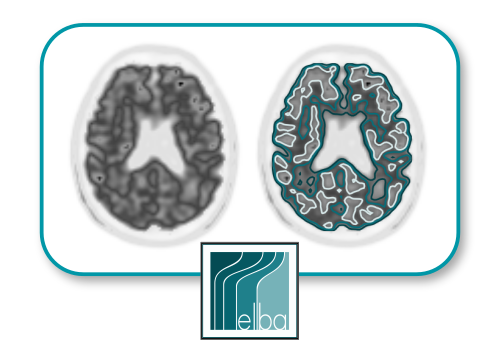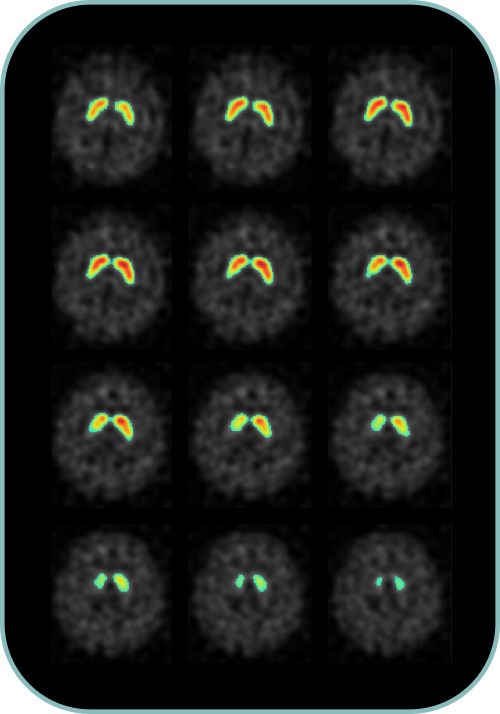 Amyloid PET
Amyloid PET
Beta-amyloid plaques are abnormal protein deposits that are commonly associated with Alzheimer's disease and other neurodegenerative disorders. The amyloid PET is a crucial tool in the in-vivo assessment of these deposits and its evaluation has proven to strongly benefit from quantification.
Quantitative analysis is essential for monitoring disease progression over time, assessing treatment responses, and differentiating between various neurodegenerative disorders. DORIAN’s solution to amyloid PET quantification integrates traditional and innovative independent algorithms, overcoming the inherent limitations of each method to achieve more accurate results. This solution is validated alongside our clinical partners for all commercial tracers and includes two innovative patented algorithms:





